Business: Paint / Lundtofte
Brushing up
Hempel is a dab hand at crafting paint. So how does the Danish giant settle on shades for homes, hubs and hulls? Here’s a primer.
Farrow & Ball is known for its outré colour names that include “Elephant’s Breath”, “Arsenic” and “Dead Salmon” but the company that owns the UK paint-maker has more than the luxury interiors market covered. Hempel a/s, a 109-year-old Danish company that owns various brands such as Crown, also manufactures cutting-edge coatings including those that adorn London’s Tower Bridge, the Louvre Abu Dhabi and Amsterdam’s Schiphol Airport. Elsewhere, its innovations can be glimpsed on the exteriors of oil rigs and gas platforms, as well as wind-turbine blades and ship’s hulls. All are rigorously formulated to reduce drag and pollution, and dazzle for far more than their hue.
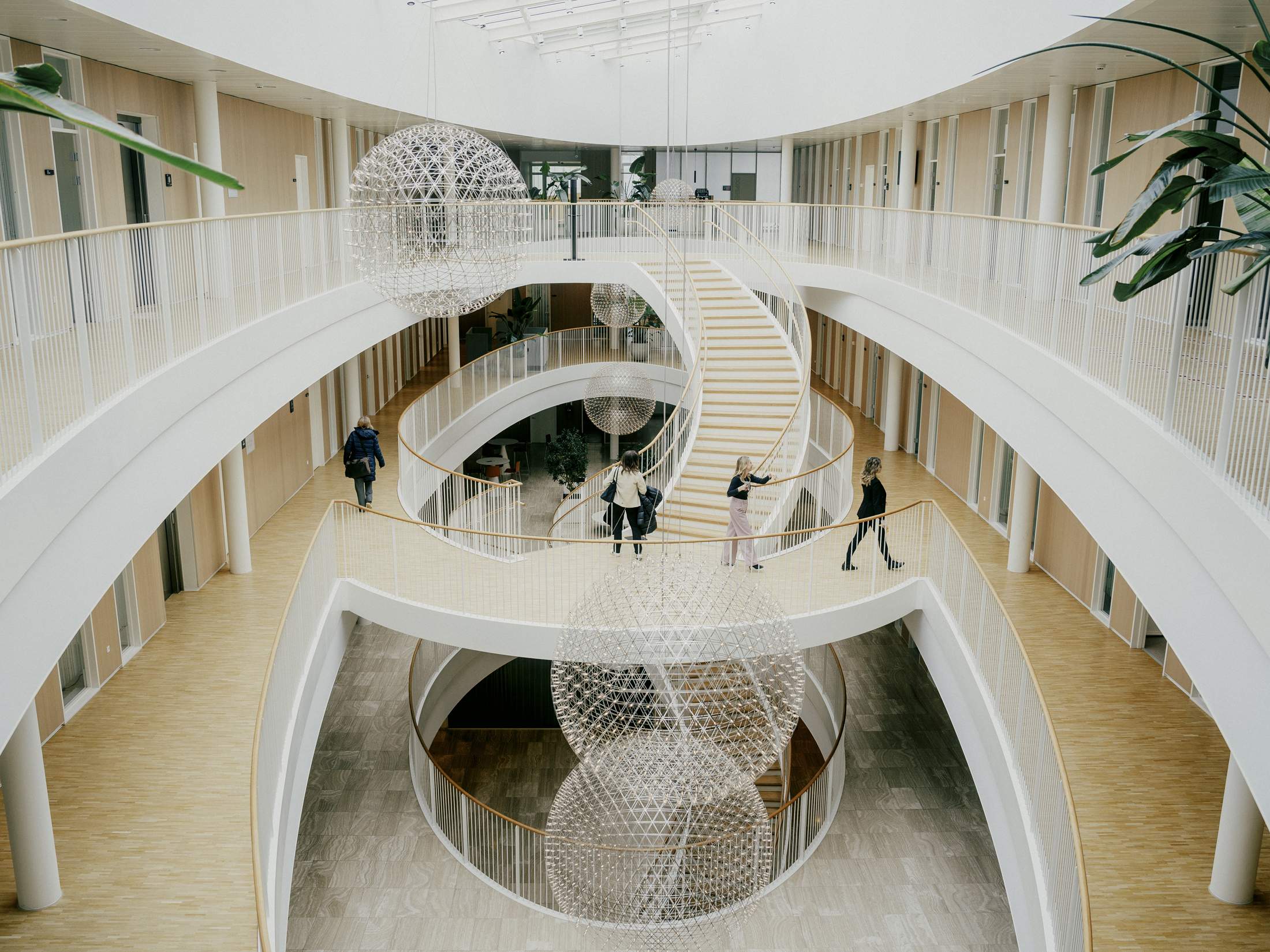
Watching paint dry has never been this fascinating or this lucrative: in 2023, Hempel’s revenue grew by a record 13.7 per cent to €2.4bn. “Our marine business has seen huge growth in the past three years,” says Michael Hansen, Hempel group president and ceo, when monocle meets him just north of Copenhagen at the company’s headquarters in Lundtofte. “Shipping is experiencing a paradigm shift. The focus now is on the environment and decarbonisation. Our marine coatings are here to help these organisations achieve their goals and if we can solve the biggest challenges facing the wind-energy industry, there is potential for real growth there too.”
The technicians in the research and development technology centre downstairs are busy tackling these issues. As we don anti-static overshoes, goggles and white coats, formulations specialist Camilla Holmberg informs photographer Mathias Eis that, due to the solvents used, this is an atex (“explosive atmosphere”) zone. For safety reasons, he’ll need to shoot at a minimum height of 80cms.
First we visit the Colour Room, which is painted the most neutral of greys, where colours can be assessed under all sorts of lighting conditions. Next, Holmberg hands me a tongue of polyurethane paint that is used to coat the blades of wind turbines. Rain is an existential threat to offshore wind farms. In testing, Hempel subjects the blades to its helicopter-engined weather simulator and they come out looking like they’ve been gnawed by a colony of vicious rabbits. The paint’s rubbery texture counteracts this by enhancing wind resistance and providing protection against adverse conditions. Another of its miracle paints can help to maintain the integrity of burning buildings by puffing up to 50 times its original volume. It can withstand temperatures of 500c and is typically used for oil refineries but also coats the steel frame of Schiphol Airport.
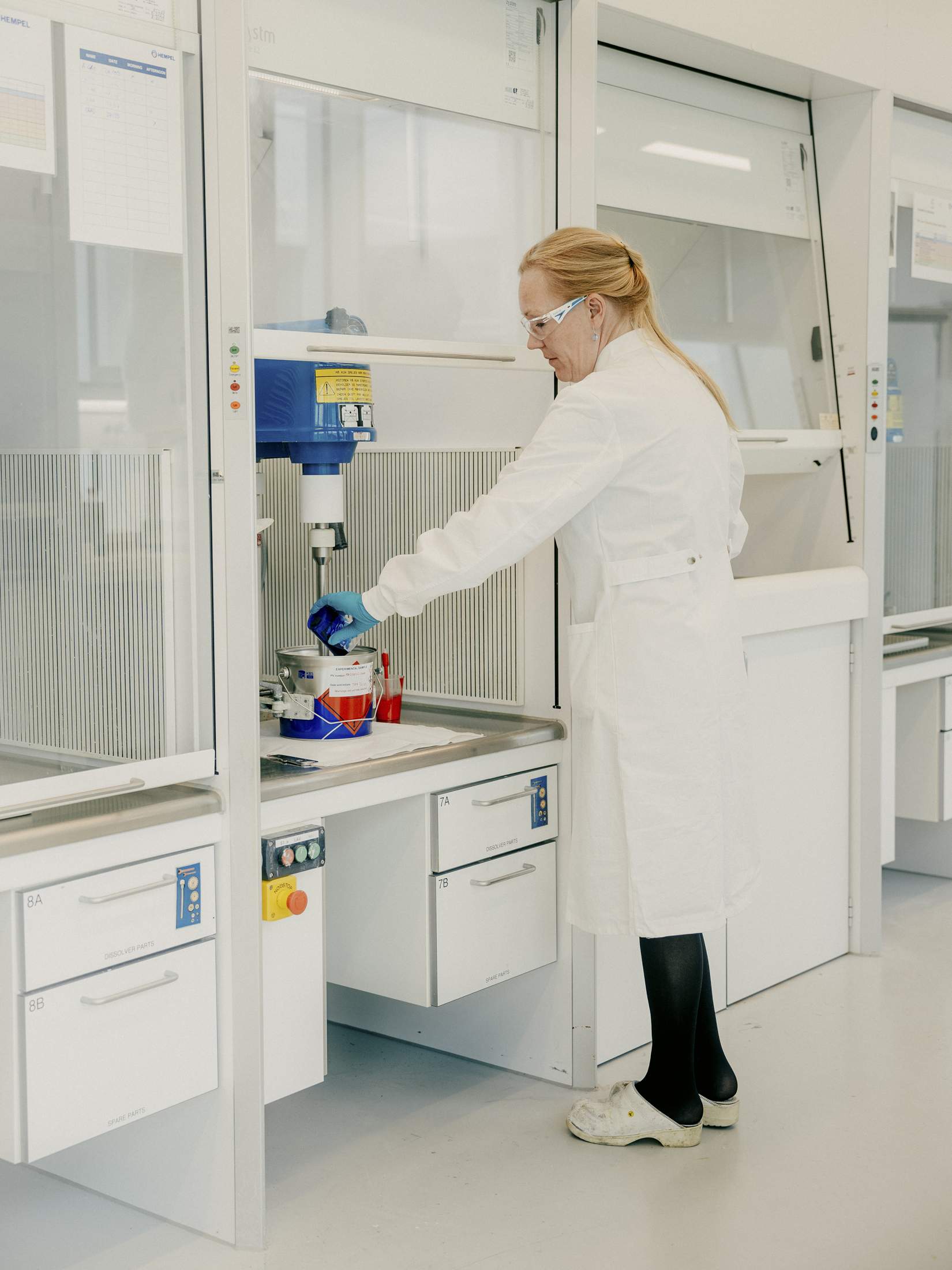
Hansen is particularly proud of Hempel’s newer marine coatings: one protects hull interiors against brutal cargos while also being easy to clean, enabling a quick turnaround in ports; another super-slippery, self-polishing, silicone-based external paint can reduce drag, and therefore fuel usage, by more than 17.7 per cent. There’s even a special paint to smooth over vertical welds on a ship’s outer hull. “This is really cool because welds are structural and you can’t grind them down,” says Hansen, taking nerdy delight in the details. “Using our paint on welds alone can reduce fuel consumption by 2 to 3 per cent. And it’s biocide-free, so it’s non-toxic.” To demonstrate the challenges faced when applying marine paints, Holmberg shakes a bottle of tomato ketchup. “To paint a ship, you need to be able to spray it but it mustn’t run or drip,” she says. “Just like ketchup when you shake it out of the bottle, it has to flow with the perfect consistency.”
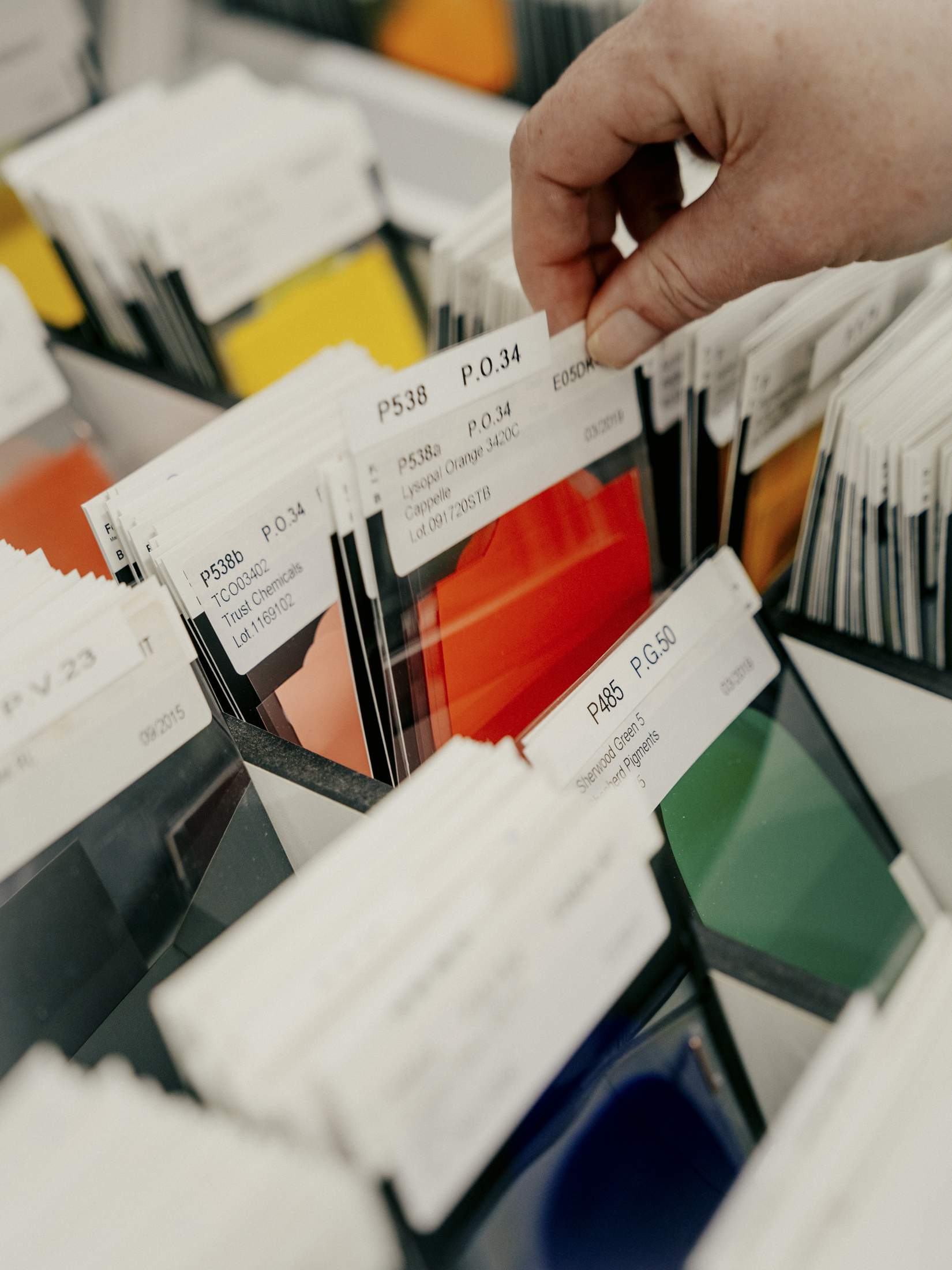
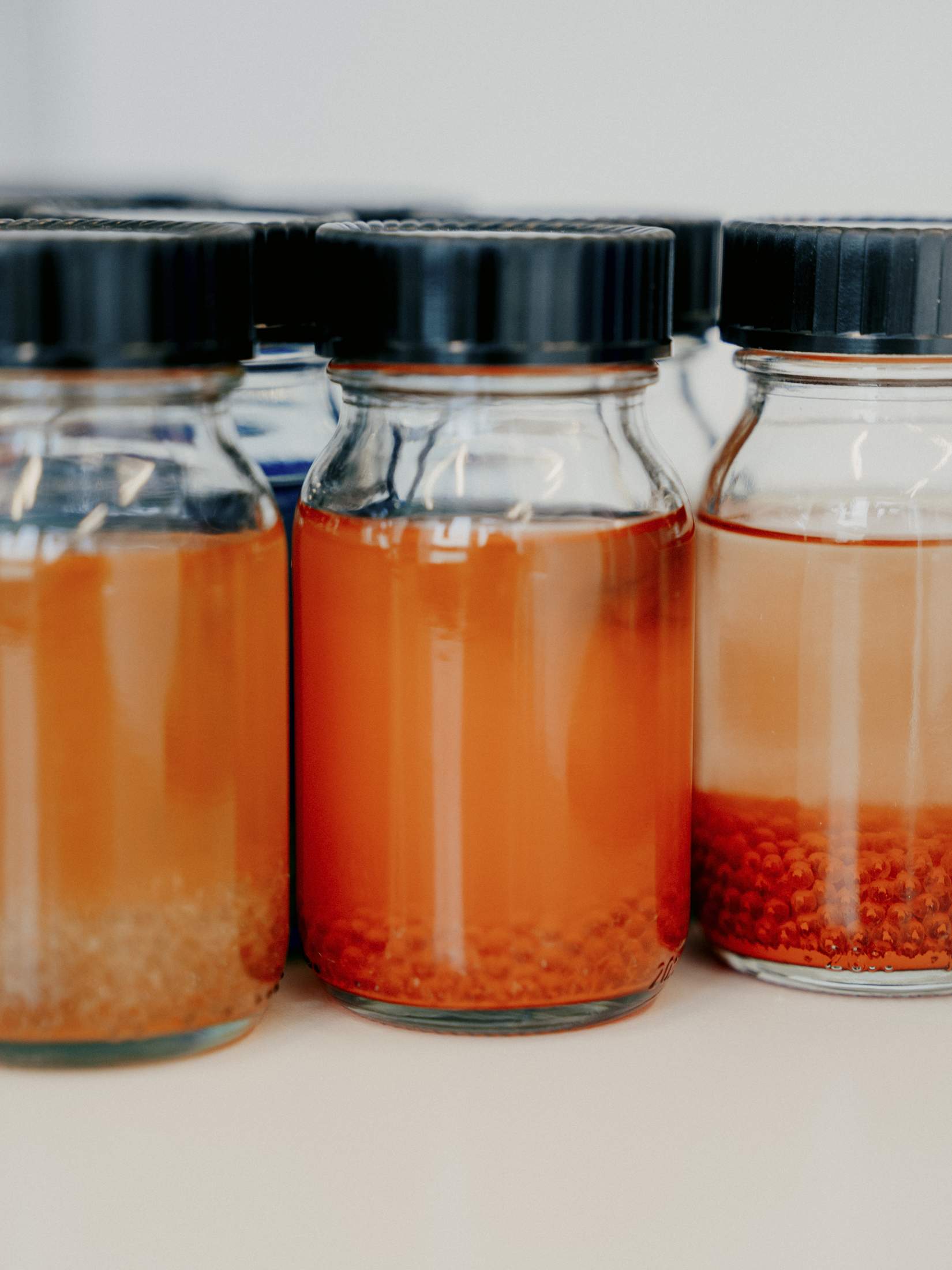
In this context, Hansen’s move from shipping to paint, after 19 years at Danish shipping giant Maersk, doesn’t seem like such an odd career change. As he notes, Hempel started out in 1915 and Maersk was its first major customer. It was responsible for formulating the trademark “Maersk blue”. There are similarities between the company’s founders too. “Like Maersk, JC Hempel was a very entrepreneurial, outward-looking and innovative man: he went into the Middle East and Asia in the 1960s, for example,” says Hansen. “In addition to this, he firmly believed in moral responsibility.”
This mindset led Jørgen Christian Hempel, who died 1986 aged 91, to effectively give away his fortune in 1948 when he created the Hempel Foundation, which is still the sole owner of the company. “He did it primarily to protect the group from a hostile takeover but over the past 20 years it has grown as a philanthropic foundation, giving more and more to charity,” says Hansen. Many of Denmark’s larger organisations, such as Lego, Maersk and Carlsberg, have separate charitable foundations but it is rarer for an entire company to be owned and run by them. It does have implications when the company needs to raise funds, though. “True, it means that we have to live from our own retained earnings but we want to be the industry leader in sustainability. For that, it is an advantage to have the foundation’s long-term approach. Above all, the fact that our dividends go to philanthropy gives the people who work here a huge sense of purpose.”


“The foundation is a major reason why so many people are drawn to roles at Hempel,” says Pernille Fritz Vilhelmsen, chief people and culture officer. “When we go to work, we know that our proceeds are not going straight to shareholders or an owner but towards doing good. It is a unique proposition in terms of employer branding and we do use it in recruitment.”
This purpose-driven loyalty is one of the reasons why Hempel is considered to be among the best companies in Denmark to work for. Its HQ is appealing too. Built by Swedish architects Sweco, it has a central spiral staircase that emulates a can of paint being stirred. There is a fully staffed canteen and working hours are flexible. “Our Danish business is [financially] insignificant but we are still inspired by the country’s values,” says Hansen, who took over the top post a year-and-a-half ago. “We put our people first because innovation doesn’t come from nowhere. It also makes sense to be in Denmark. It’s easy to reach the rest of the world from Copenhagen; the reputation for quality of life here means that we attract overseas talent; and we have access to educated labour.” Since 2017 the Hempel Foundation has supported a science and technology centre within The Danish Technical University (dtu) that specialises in sustainable coating solutions. Once they have concluded their studies, many graduates join the organisation.
Hempel’s business is divided into four sectors. Besides its marine, infrastructure and energy ventures, it also runs a decorative operation. Under this umbrella is paint and wallpaper company Farrow & Ball, which was founded in 1946 in Dorset, England, where it is still based. In 2021 it was bought by Hempel from US private-equity firm Ares for a reported €580m. The decorative arm also includes Crown Paints and JW Ostendorf in Germany. Farrow & Ball showrooms and Crown Decorating shops make up some of the 200 or so high street shops that Hempel runs in the UK. “Sometimes I wonder why we aren’t solely available online but the painting and decorating industry is surprisingly conservative,” says Hansen. “It turns out that professionals love to come into the shops for a cup of coffee before they start their day. It’s a big part of the appeal.” The decorative sector boomed during the coronavirus pandemic but has been hit by energy and material price hikes over the past two years. “There are still real challenges,” says Hansen. “Decorative hasn’t recovered yet.”
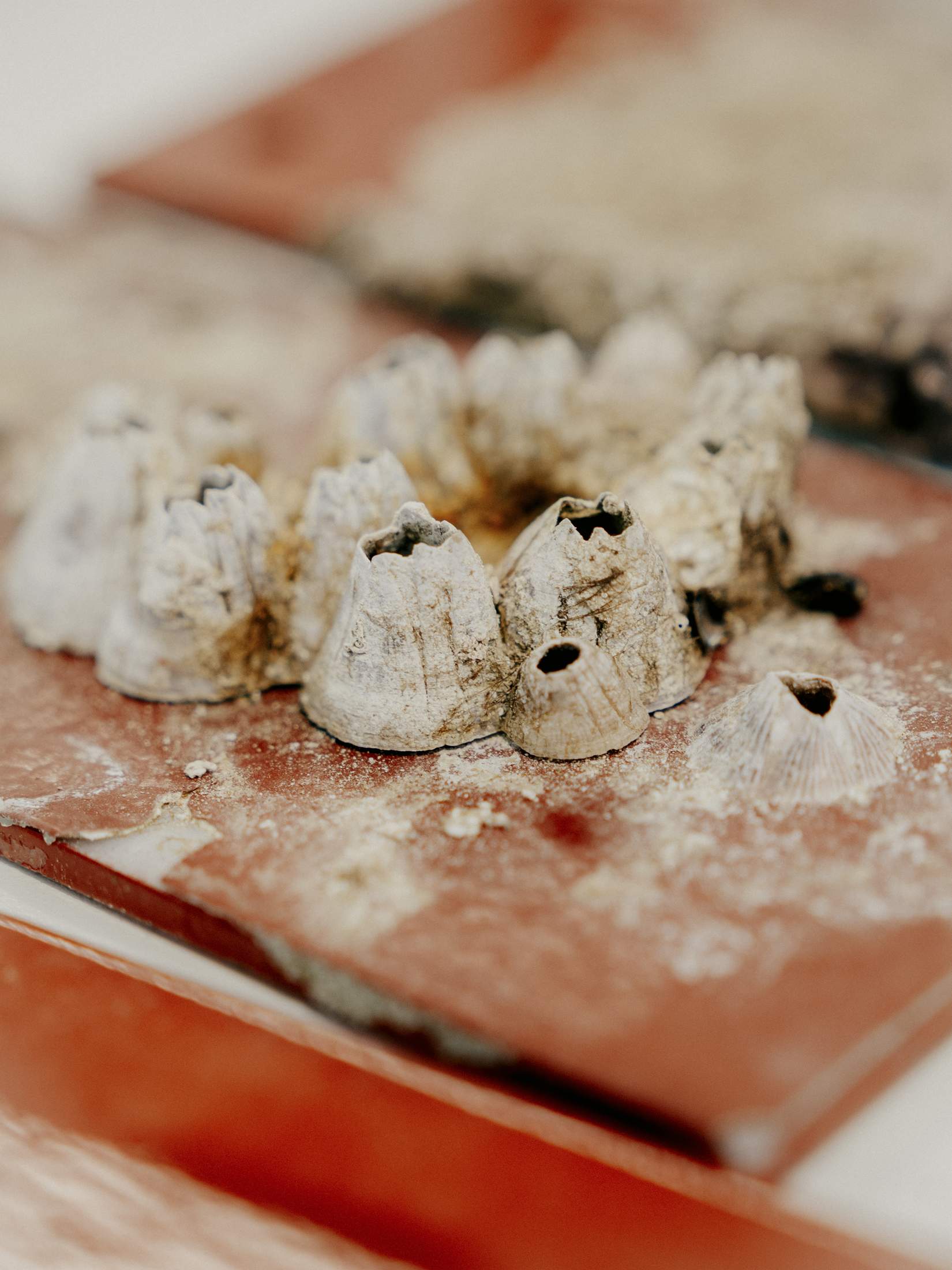
Barnacles on a sample of a ship’s hull
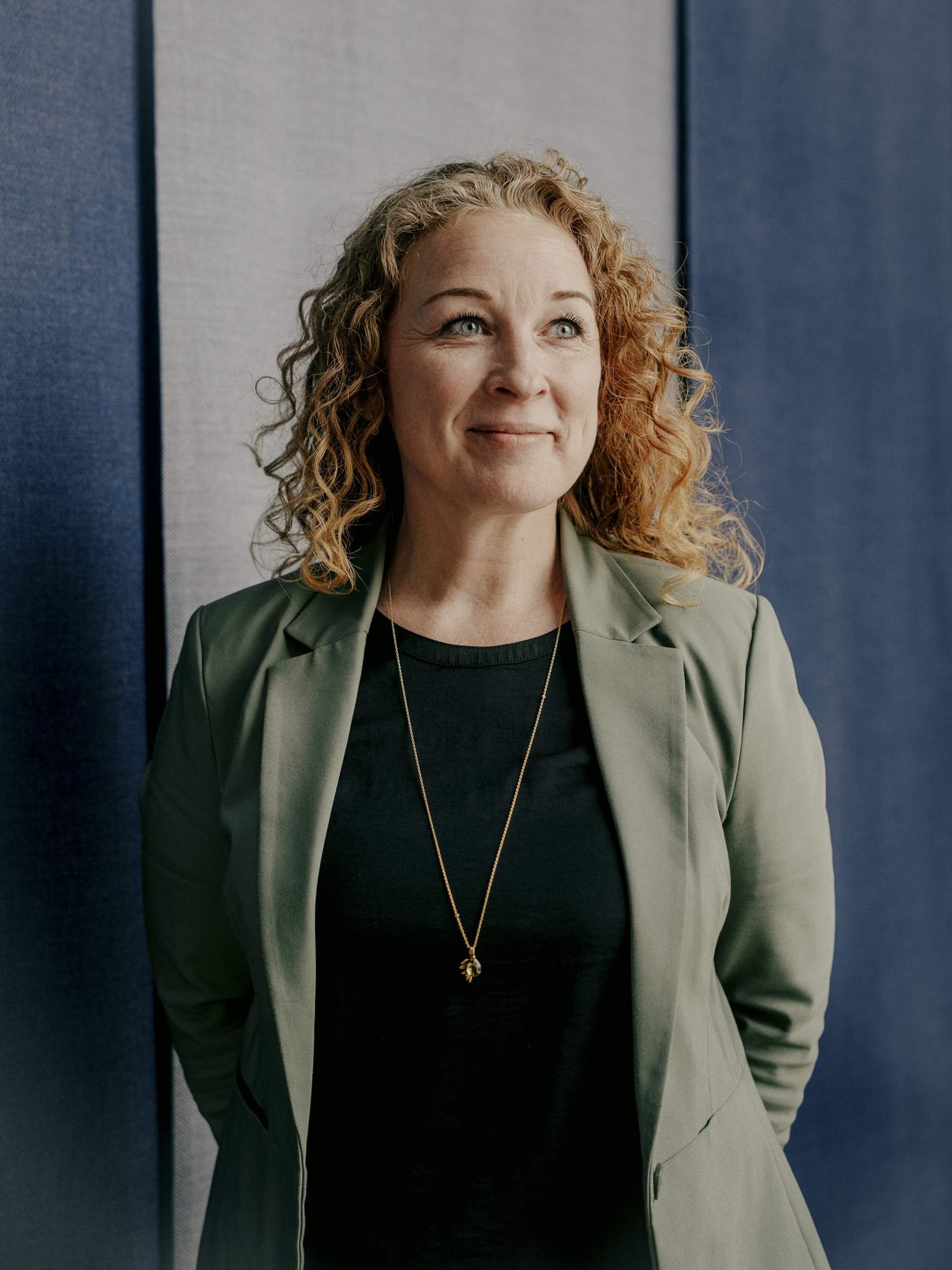
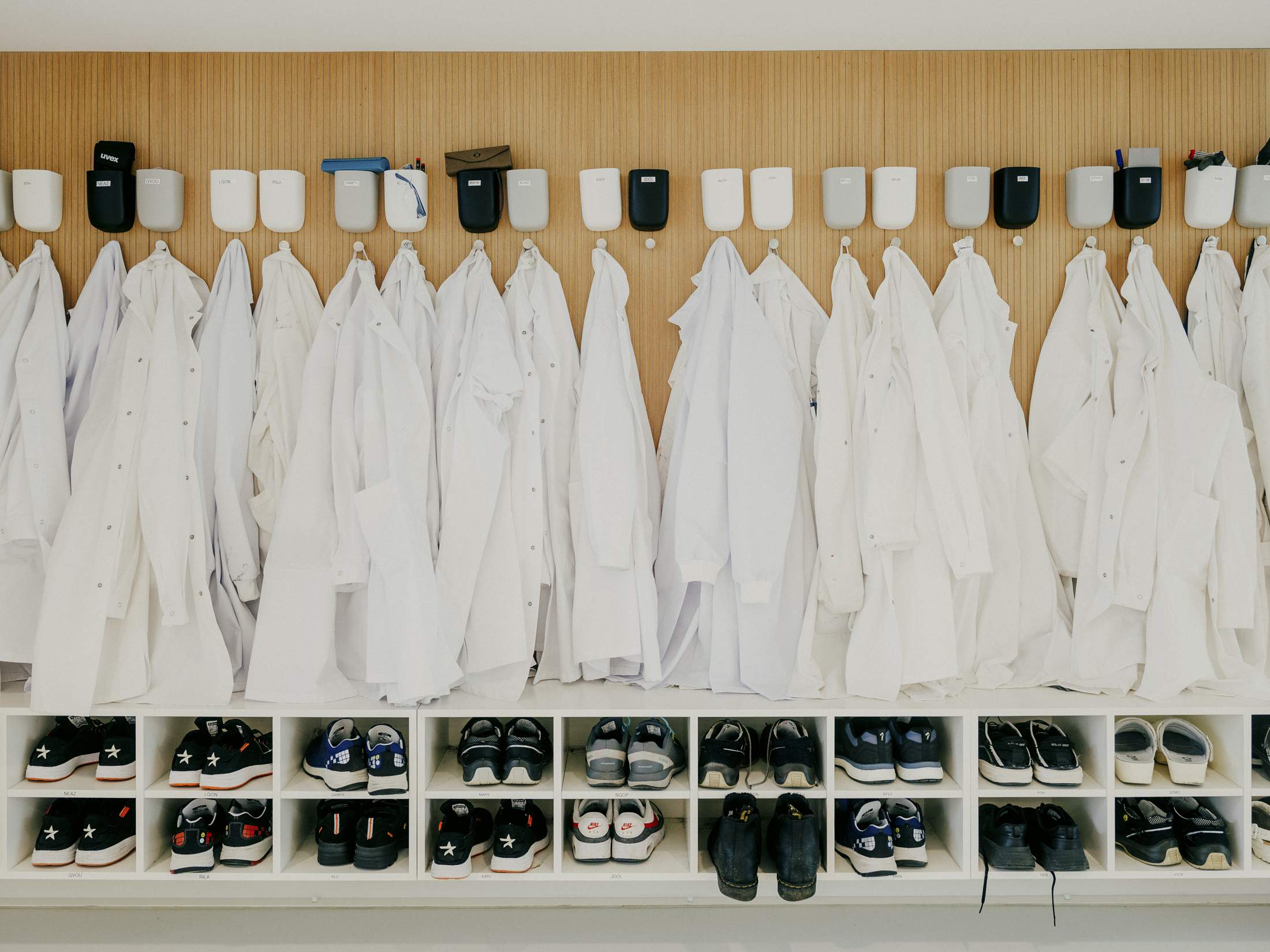
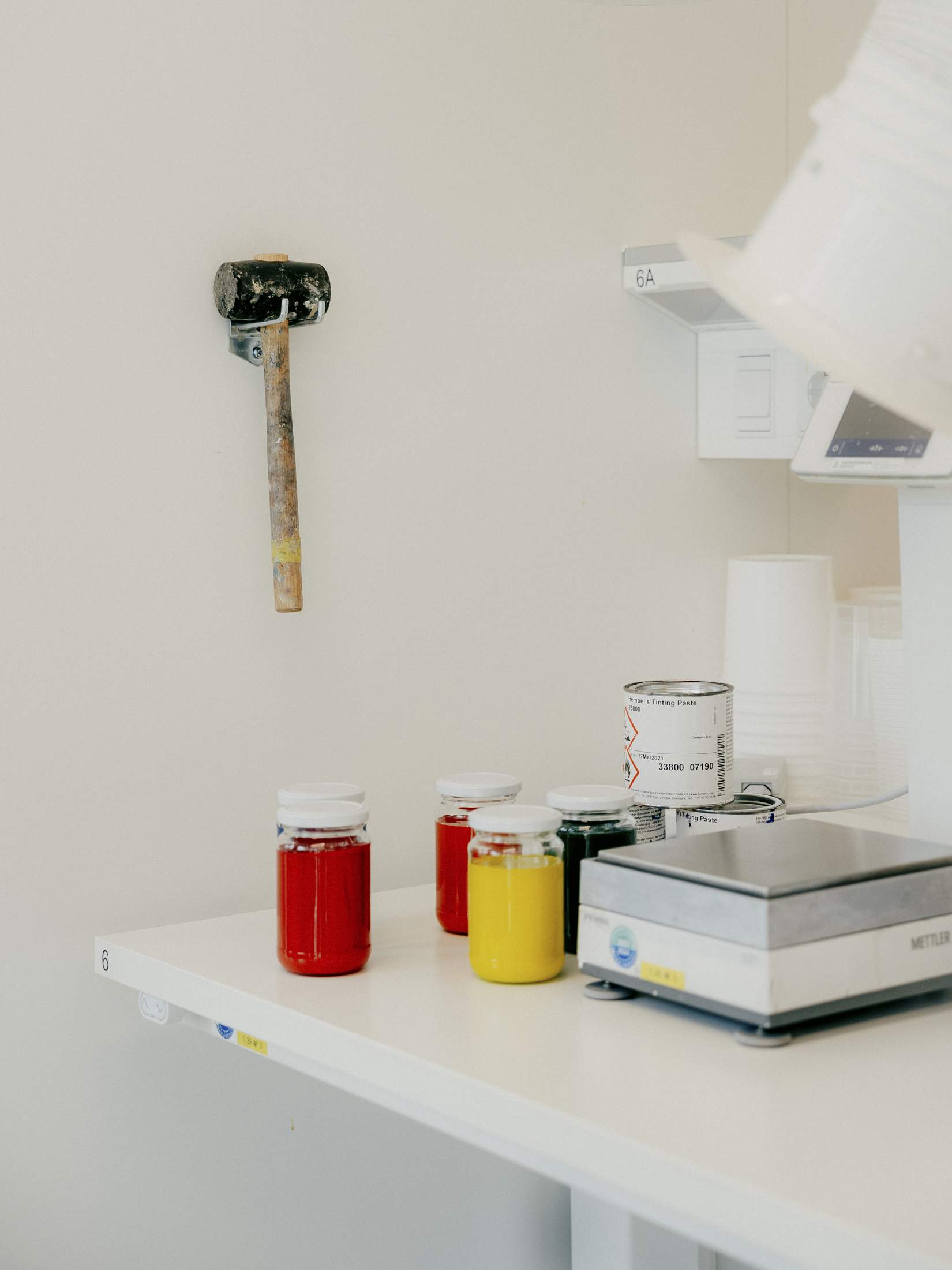
Ana Henriques, Hempel’s executive vice-president, head of decorative, is partly responsible for nurturing the sector back to health. Henriques joined the company from AB InBev in New York and has faith that the consumer brands can innovate their way back to greater revenues. “Farrow & Ball has always been a pioneer: we were the first to have showrooms rather than just traditional paint shops,” says Henriques.
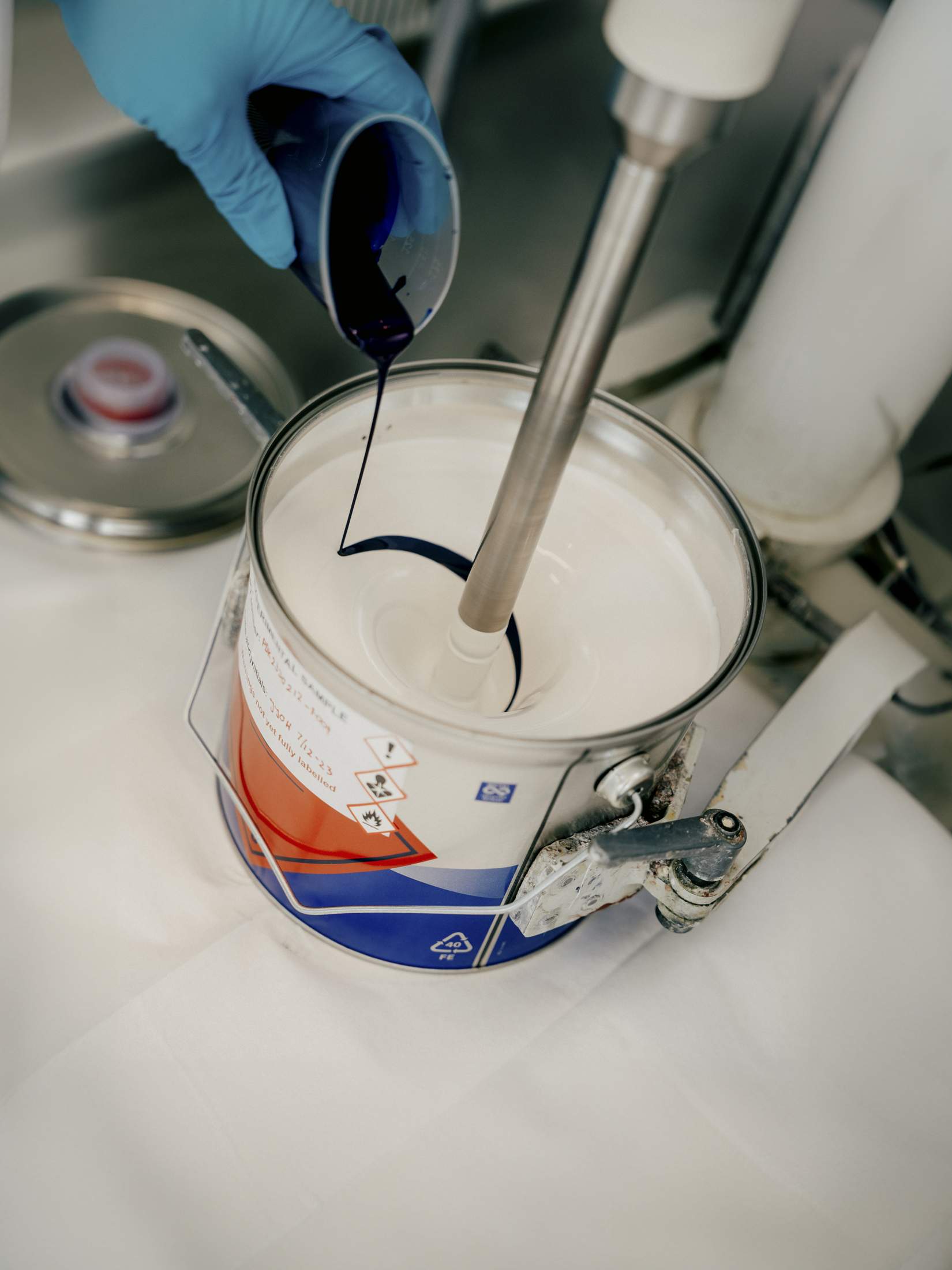
“We have also embraced working with colour consultants, e-commerce and collaborating with designers. These days we are very well connected with influencers and a have a more-than-two-million-strong following on social media. But what comes first is the quality of our products, which are known for their richness and depth of colour.” In total, Farrow & Ball uses 12 different pigments to blend its 132 current shades. Historically, pigments would have come from a wide range of unusual sources: “India Yellow”, for instance, was once made from the urine of cows fed on a diet of mango leaves. Today they are all chemically created. The company is in the middle of gently revamping its colour range – something that happens every five years. The expectation this year is that surfaces that were painted at the height of the coronavirus pandemic will be looking a little tatty. “It has been a while since everyone redecorated,” says Henrique.
The air that we breathe in our homes and offices is a major topic among Danish architects right now. Volatile organic compounds (voc), which are released when paint is applied, and over the longer term, are of particular concern. “Farrow & Ball was the first company to go 100 per cent water-based,” says Henriques. “People want their homes to feel healthy: they don’t want the smell of paint to linger, which means that they are going for low voc options [Farrow & Ball paints are low-trace voc – the best rating]. They also want to use colour to create specific moods.”
Hempel by numbers
Employees: 7,500 in total (including 400 in the Danish HQ, 1,600 in the UK and 1,000 in China).
Total amount of paint produced: More than 400 million litres in 2023.
Number of Hempel paint shades: 6,500
Number of factories: 26; plus 15 r&d centres.
Branding: The Hempel logo represents the helix of a stirred can of paint.
The Hempel Foundation: Has total assets of €848m and donated more than €24m in 2023.
Customers can enlist the help of Farrow & Ball’s colour-consultancy service, which sees a representative visit homes to suggest a palette of calming tones or energising combinations. Before the end of the year the company will also offer an upgraded virtual service. It will then be possible to scan rooms, furniture included, on your phone and see the effect of different paints.
As a global company, Hempel employs a cross-cultural approach to colour and finish. “We have colour-trend teams who keep an eye on textiles, fashion, ceramics and social media,” says Henriques. “For instance, customers in the Middle East look for external paint in natural shades, you won’t see dark colours on houses and finishes need to withstand sand erosion. Cooler climates tend to like yellowish hues. In hotter climates, where the use of whiter indoor lighting is more widespread, colours appear differently. Big, bold reds are having a moment in Germany but in Scandinavia everything is white. Different countries are also drawn to different textures: in the US, smooth surfaces appeal whereas in Germany more ‘movement’ is allowed.” Even the way in which professionals work with Hempel varies. “In Germany, people prefer to use an oval paint bucket so that they can dip the roller straight in, unlike in other places, where they use trays.”
Looking ahead, the popularity of cold greys is waning and warmer tones might be returning to favour. But right now, Henriques detects a definite lust for coatings with depth. “Very rich green is having a bit of a moment,” she says, nodding emphatically. —


